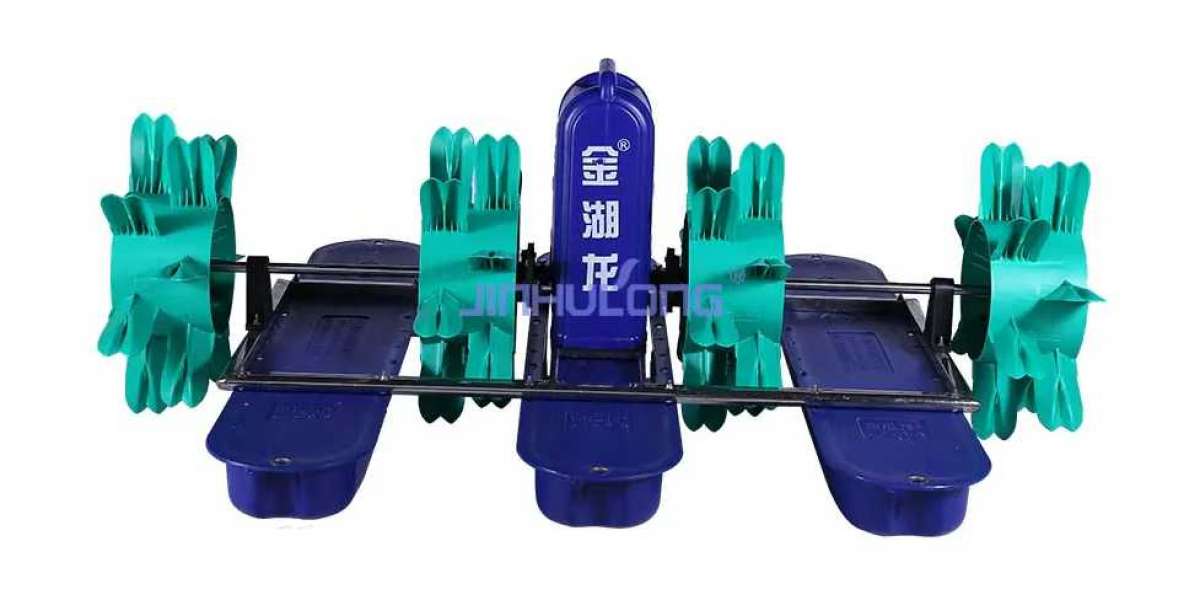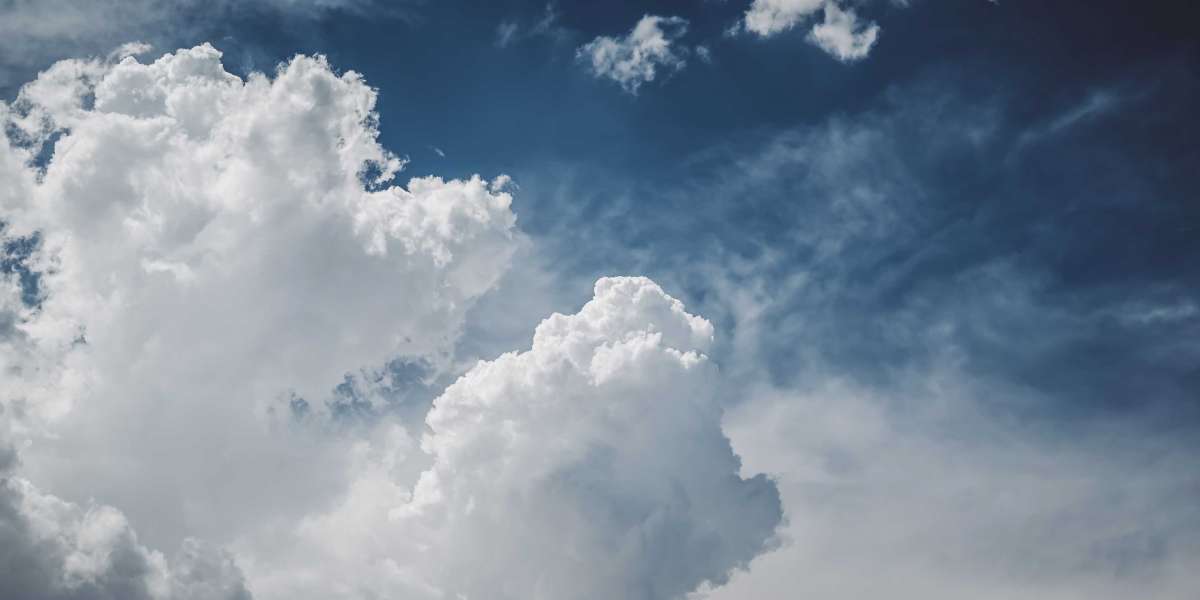The application of Paddle Wheel Aerator Water Cooling in both freshwater and marine aquaculture environments requires careful evaluation of material compatibility, thermal efficiency, and long-term performance under different water chemistries. Aquaculture systems vary significantly in their physical and chemical properties depending on whether they are designed for freshwater fish like tilapia and carp or for saltwater species such as shrimp and sea bass. While the core principle of using water as a cooling medium remains the same, the operating conditions and potential for corrosion present different challenges.
In freshwater aquaculture, the relatively low salinity and chemical stability of the environment make it easier to implement Paddle Wheel Aerator Water Cooling systems with minimal concern for material degradation. The cooling process, which involves directing pond water to circulate the motor casing or gearbox, works effectively to manage heat without introducing significant risk to the system’s structural components. Maintenance requirements are typically moderate in freshwater environments, and the buildup of scale or biofilm can be managed with regular cleaning. As a result, the system can operate for extended periods with reliable performance and minimal thermal-related issues.
In marine aquaculture, however, higher salinity levels introduce a new dimension to system durability and maintenance. Saltwater is more corrosive, especially when combined with high temperatures and continuous oxygenation, both of which accelerate metal fatigue and chemical reactions. For Paddle Wheel Aerator Water Cooling to be successful in these conditions, manufacturers must ensure that all components exposed to water—especially those involved in the cooling system—are made from corrosion-resistant materials such as marine-grade stainless steel, UV-stabilized plastics, or specially coated alloys. Without proper corrosion resistance, saltwater can quickly compromise the structural integrity of the cooling channels, leading to leaks, blockages, or motor damage.
Despite these challenges, the technology remains well-suited for both environments when designed appropriately. Many aquaculture operations in coastal areas depend on Paddle Wheel Aerator Water Cooling systems due to their passive cooling mechanism, which does not rely on external energy sources or complex systems. Their self-sustaining operation, driven by the natural motion of the aerator, allows for efficient heat dissipation even in high-salinity waters. Regular maintenance and periodic inspection of parts exposed to saltwater are necessary to ensure long-term reliability, but this is a manageable requirement given the performance benefits offered by consistent temperature regulation.
An additional consideration is the temperature of the pond water itself, which may differ between inland freshwater and coastal marine systems. While both environments may experience seasonal temperature changes, saltwater typically has a higher thermal mass, allowing it to absorb heat more slowly. This could make the cooling process more efficient in marine settings under certain conditions, although it also means the water retains heat longer, requiring consistent water movement to support effective thermal exchange. Paddle Wheel Aerator Water Cooling is advantageous in this regard because it simultaneously provides oxygenation and circulation, ensuring that the water used for cooling is constantly refreshed.
In conclusion, Paddle Wheel Aerator Water Cooling applies to both freshwater and saltwater aquaculture, provided that system materials and maintenance protocols are aligned with the specific environmental conditions. With proper design considerations, such as the use of corrosion-resistant materials and regular upkeep, this technology can deliver stable, efficient cooling performance across diverse aquaculture setups. Its adaptability and simplicity make it a valuable solution for farms aiming to maintain aerator efficiency and prevent thermal-related breakdowns in both types of water systems.








